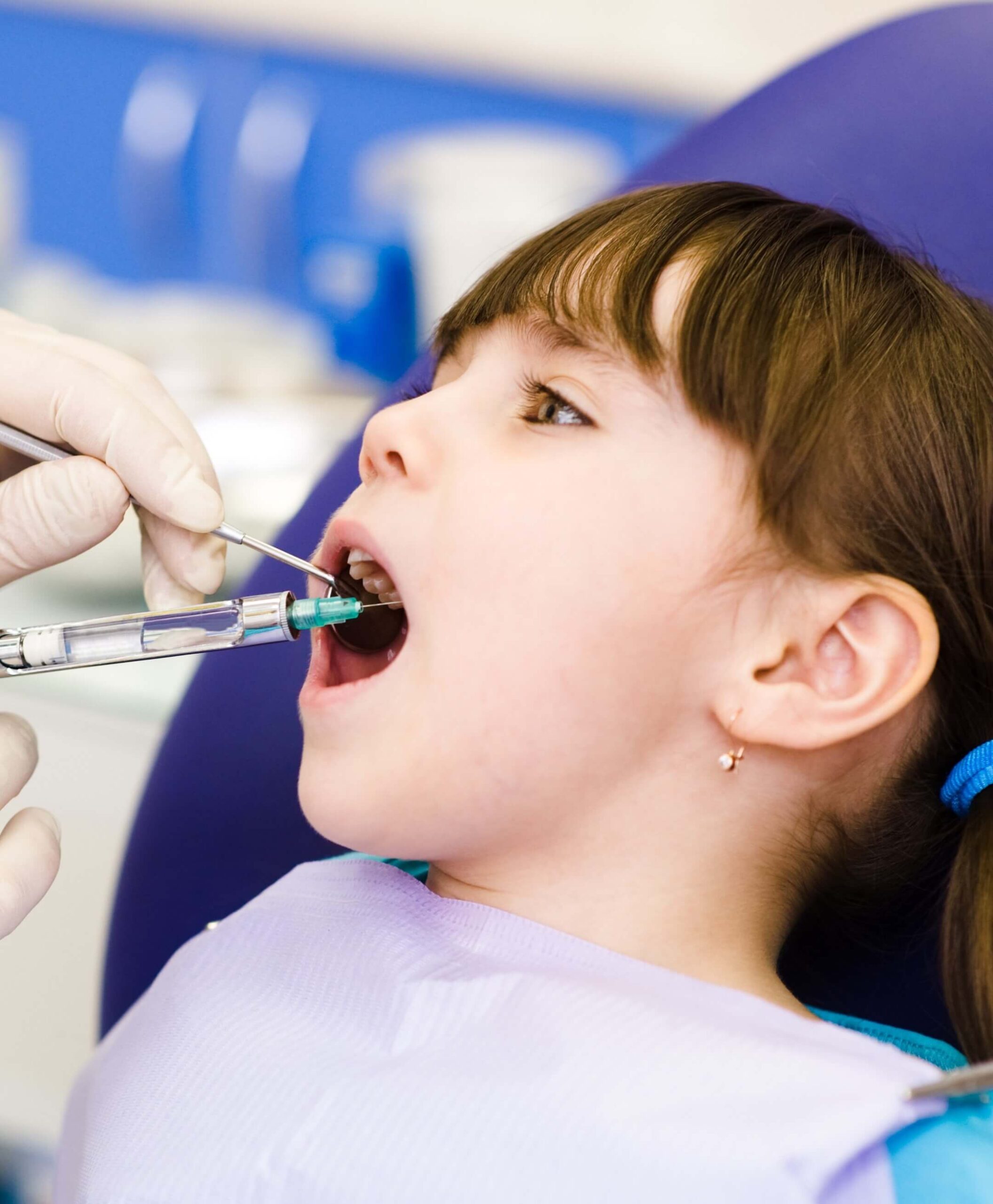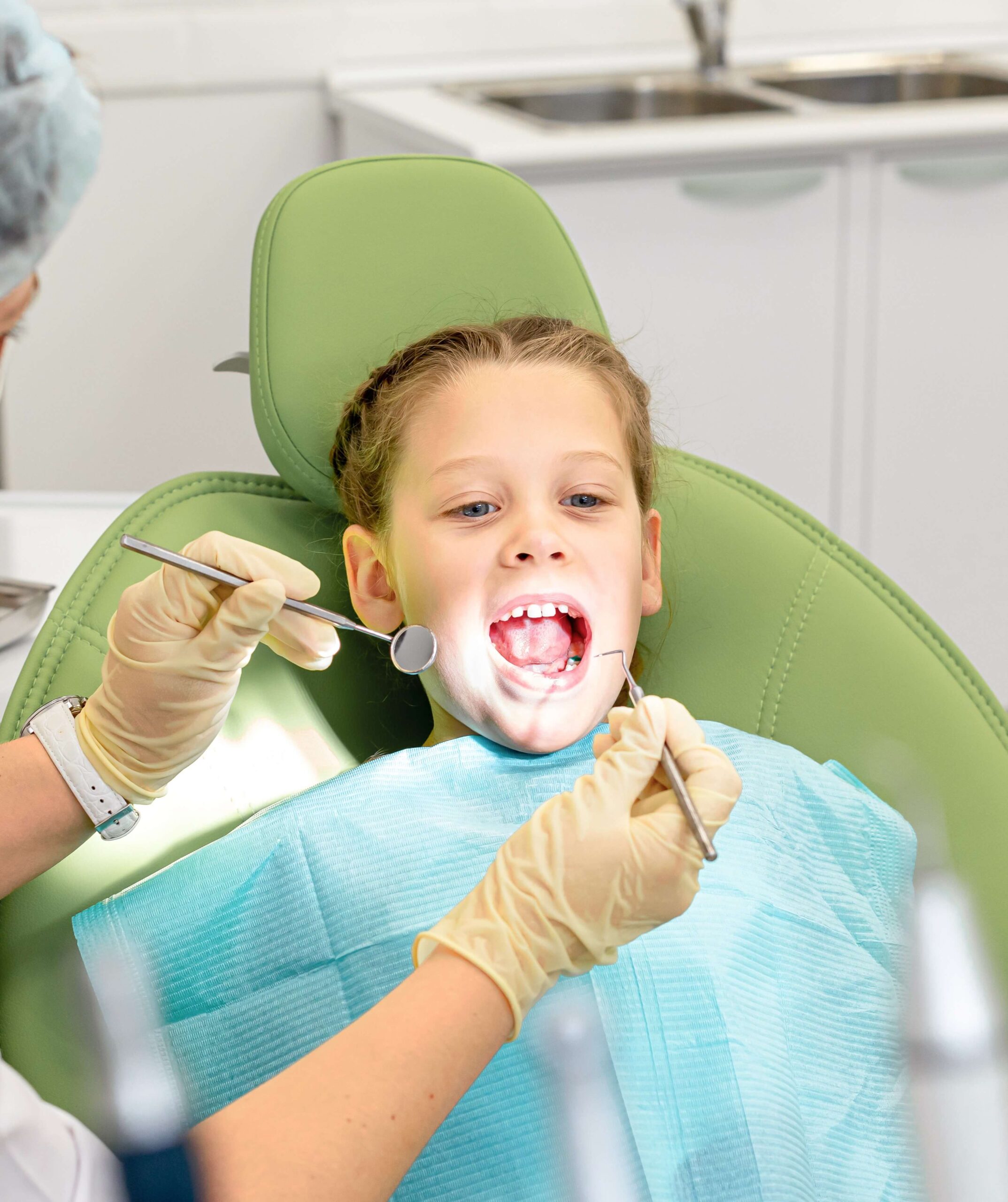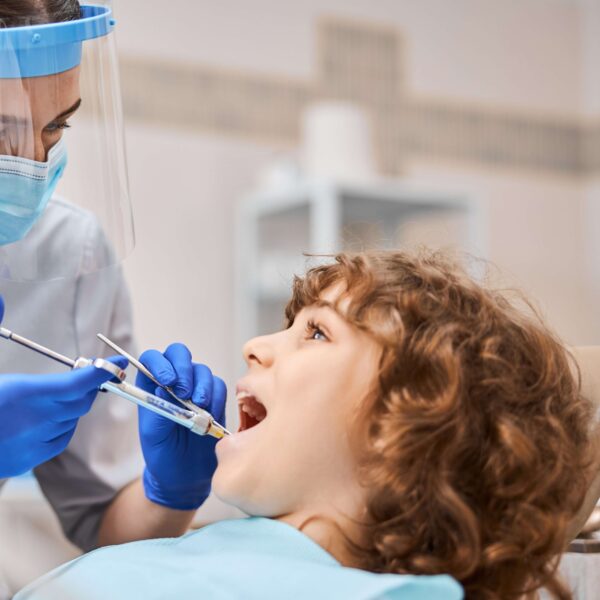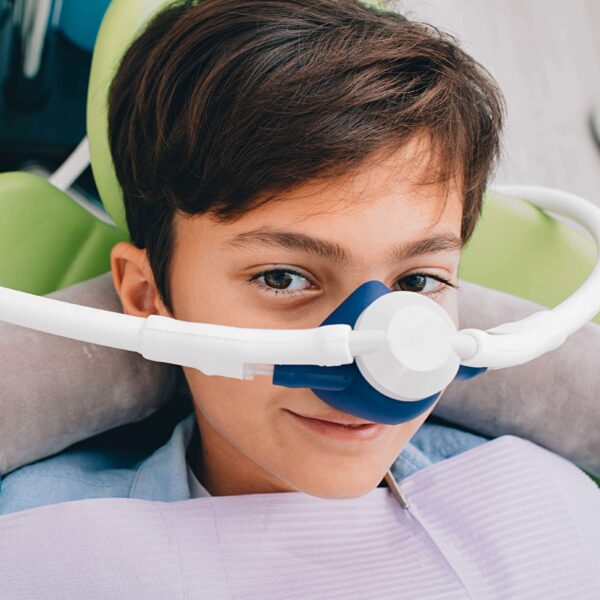Sedation Dentistry Charlotte & Monroe, NC
Sedation Dentistry Charlotte & Monroe, NC
A child’s first visit to the dentist should be enjoyable. Children are not born with a natural fear of the dentist, but they can fear the unknown. Our office makes a special effort to use pleasant, non-frightening, simple words to describe each treatment. We want you and your child to feel at ease from the moment your family arrives at our office.
A child’s first visit to the dentist should be enjoyable. Children are not born with a natural fear of the dentist, but they can fear the unknown. Our office makes a special effort to use pleasant, non-frightening, simple words to describe each treatment. We want you and your child to feel at ease from the moment your family arrives at our office.
- Most major insurance accepted
- NC Medicaid provider
- In-house dental savings plan
- All major credit cards

Sedation dentistry is a valuable option for many patients, offering a way to manage dental anxiety and make dental procedures more comfortable. Whether you need a simple cleaning, complex dental surgery, or a pediatric dental visit, sedation can play a crucial role in ensuring a calm and stress-free experience. In Charlotte, sedation dentistry options vary, giving patients the flexibility to choose the best sedation method based on their needs and comfort level.
What is Sedation in Pediatric Dentistry
Sedation dentistry involves the use of sedative medications to help patients relax during dental procedures. It can range from mild sedation to general anesthesia, depending on the patient’s needs and the complexity of the treatment. Sedation dentistry is particularly beneficial for individuals who experience dental anxiety, sensitive teeth, or for those undergoing longer, more complex procedures. By reducing discomfort and anxiety, sedation options ensure that dental visits are not a source of fear but rather a part of maintaining good oral health.
Gentle, comprehensive dental care for children with flexible payment options for growing families.

Types of Sedation Dentistry Options

Nitrous Oxide – Laughing Gas
One of the mildest forms of dental sedation is nitrous oxide, commonly known as laughing gas. This option is typically used for patients who feel anxious during their dental visits. Nitrous oxide helps to relax patients and reduce fear without putting them to sleep. Most commonly used in pediatric dentistry, this sedation method allows children to remain awake but feel calm, reducing the fear of dental procedures like fillings or cleanings. Nitrous oxide is administered through a mask placed over the nose, allowing the patient to breathe in the gas. The effects are felt almost immediately, and once the procedure is over, the gas wears off quickly, making it a safe and convenient option for many patients, including those with dental anxiety.

Oral Pediatric Sedation
For patients who require a bit more sedation but do not need general anesthesia, oral sedation is an effective option. This form of sedation involves taking a sedative medication in pill or liquid form before the appointment. Depending on the dosage, oral sedation can help the patient relax or even make them drowsy, though they will still be awake during the procedure. For mild to moderate sedation, this method can be particularly effective for those with sensitive teeth or fear of the dentist.

Conscious Sedation dentistry
Conscious sedation is another popular option, especially for those undergoing dental work that may be uncomfortable or lengthy. This type of sedation uses medications that help the patient stay relaxed and at ease without causing them to fall asleep. The patient will remain conscious throughout the procedure, able to respond to the dentist’s instructions, but may not remember much of the experience afterward. Conscious sedation is commonly used for oral surgery or when dental procedures are expected to be more involved.

IV Sedation dentistry
IV sedation is a more advanced sedation method, providing a deeper level of relaxation. Administered through an intravenous (IV) line, this sedation method allows for immediate control of sedation levels, making it ideal for more extensive dental surgery or dental procedures that may require the patient to be deeply relaxed. IV sedation is also a good choice for patients with more severe dental anxiety or for those who are undergoing longer procedures like root canals or tooth extractions.

General Anesthesia
General anesthesia is the deepest level of sedation and is typically used for extensive dental procedures or for patients who cannot tolerate sedation dentistry options like conscious sedation. During general anesthesia, the patient is fully asleep and unaware of the procedure, with their vital signs monitored by anesthesia professionals. This type of sedation is most commonly used in a hospital or ambulatory surgical center setting and is often recommended for pediatric patients, those with developmental delays, or patients who require extensive dental care that may be overwhelming.
Why Sedation Dentistry is Important for Pediatric Patients
Children, particularly those with special needs or dental anxiety, can greatly benefit from sedation dentistry options. Pediatric dental anesthesia allows young patients to undergo necessary dental treatments, such as cavity fillings, tooth extractions, or even dental surgery. Sedation procedures like laughing gas or oral conscious sedation can make dental visits a more positive experience, reducing the chance of future dental anxiety and encouraging healthy oral health habits for life.
In some cases, pediatric sedation is necessary when a child requires multiple treatments in one visit, or when they are unable to cooperate with the dentist due to their age, temperament, or developmental stage. By ensuring that the child is comfortable and relaxed, pediatric dentists can perform the needed dental work efficiently and safely, often preventing future dental complications.


The Benefits of Pediatric Sedation Dentistry
Managing Dental Anxiety
One of the primary reasons patients choose sedation dentistry is to manage dental anxiety. For many individuals, the mere thought of visiting the dentist triggers fear and stress. This anxiety can prevent them from seeking the dental care they need, which can lead to worsened oral health. By using sedation, patients can comfortably undergo necessary dental procedures without fear, making routine dental visits much more manageable.
Reducing Discomfort During Dental Procedures
Sedation can also be used to reduce discomfort during dental treatments. For patients with sensitive teeth, for example, even routine cleaning can be uncomfortable. Dental sedation helps ensure that the patient is comfortable throughout the procedure, making it easier for the dentist to complete the work.
More Efficient Treatment for Complex Cases
For more complex dental procedures, such as oral surgery or extensive dental work, sedation can help speed up the process by allowing the dentist to work more efficiently without needing to pause to address the patient’s discomfort. This is especially beneficial for patients who may need multiple procedures in one sitting, or for those undergoing dental work like root canals or wisdom teeth removal.
Choosing the Right Sedation Method
The best sedation method for each patient depends on various factors, including the procedure being performed, the patient’s level of anxiety, and their medical history. For mild sedation, options like nitrous oxide or oral sedation are often sufficient. For more invasive procedures, conscious sedation, IV sedation, or general anesthesia may be necessary.
It is important to discuss your options with your dentist to ensure that the chosen sedation method is appropriate for your specific needs. Your dentist will take into account your medical history, the complexity of the dental work, and your comfort level to make the best recommendation for you or your child.

If it’s been six months or more since your child’s last dental checkup, then it’s time to contact our practice and schedule an appointment!
Our Convenient Locations
Our Convenient Locations
We Can’t Wait To Meet You
Please use the form below to schedule your appointment with us. Alternatively, if you prefer, you can schedule through our online chat or by calling or texting the office.
Please use the form below to schedule your appointment with us. Alternatively, if you prefer, you can schedule through our online chat or by calling or texting the office.
